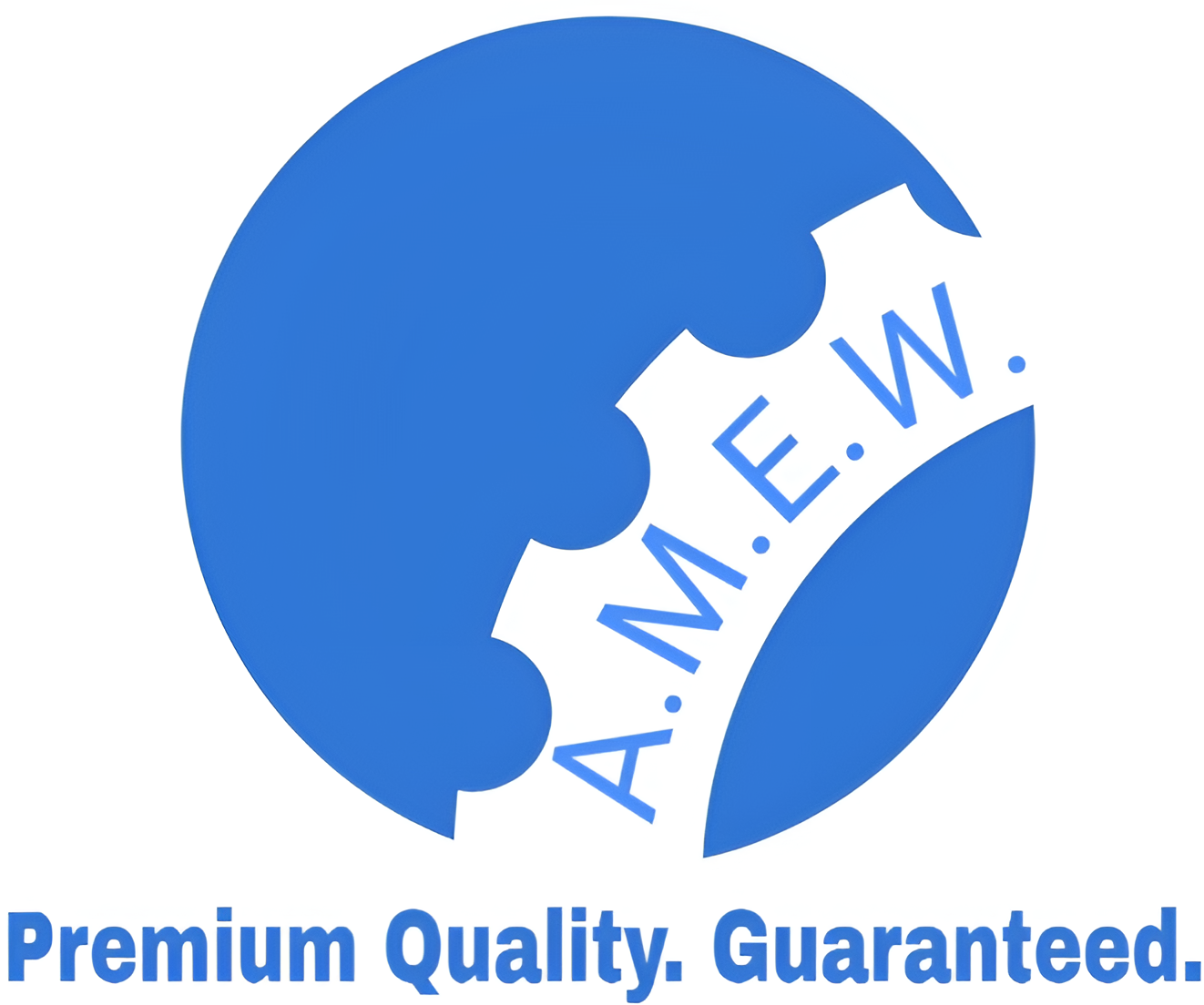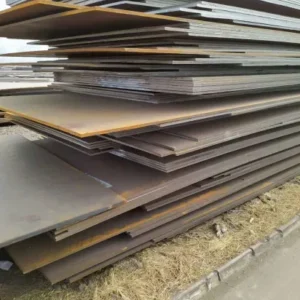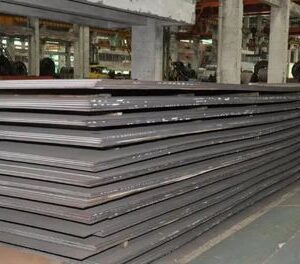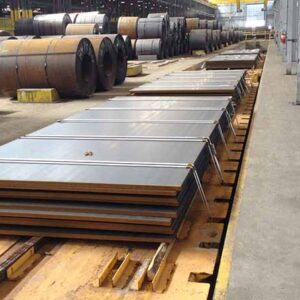Description
S355G8: Overview and Applications
Table of Contents
- Introduction to S355G8
- Chemical Composition
- Mechanical Properties
- Applications of S355G8
- Comparison with Other Steel Grades
- Manufacturing and Fabrication
- Advantages and Disadvantages
- Conclusion
1. Introduction to S355G8
S355G8 is a high-strength structural steel specifically designed for use in offshore applications. It is renowned for its excellent weldability, good tensile and yield strength, and corrosion-resistant properties, making it ideal for constructing robust offshore structures. S355G8 is particularly well-suited for environments exposed to harsh marine conditions, such as high winds and saltwater exposure, ensuring longevity and structural integrity.
This steel grade is increasingly utilized in various offshore industries, including wind energy and oil and gas exploration, where reliable and durable materials are essential.
2. Chemical Composition
The chemical composition of S355G8 is crucial for its performance in demanding environments:
| Element | Typical Composition |
|---|---|
| Carbon (C) | ≤ 0.20% |
| Manganese (Mn) | 1.00% – 1.60% |
| Silicon (Si) | ≤ 0.50% |
| Phosphorus (P) | ≤ 0.020% |
| Sulfur (S) | ≤ 0.015% |
| Chromium (Cr) | ≤ 0.30% |
| Nickel (Ni) | ≤ 0.50% |
| Molybdenum (Mo) | ≤ 0.10% |
| Iron (Fe) | Balance |
This composition helps S355G8 to maintain strength while providing resistance to corrosion.
3. Mechanical Properties
S355G8 exhibits several mechanical properties that enhance its usability in offshore applications:
| Property | Value |
|---|---|
| Yield Strength | ≥ 355 MPa |
| Tensile Strength | 490 – 620 MPa |
| Elongation (min) | 20% |
| Impact Toughness | ≥ 27 J at -20°C |
| Hardness | Typically ≤ 200 HBW |
These properties ensure the steel can withstand the stresses associated with offshore environments.
4. Applications of S355G8
S355G8 is widely used across various offshore applications, including:
- Wind Turbines: Ideal for the construction of towers and other structural components that harness wind energy in marine settings.
- Offshore Structures: Essential in the fabrication of fixed platforms that support drilling and production activities in marine environments.
- Oil & Gas: Used in the construction of platforms, pipelines, and support structures within the oil and gas industry.
These applications highlight S355G8’s critical role in ensuring safety and efficiency in offshore operations.
5. Comparison with Other Steel Grades
When compared to other structural steel grades, S355G8 offers specific advantages for offshore use:
| Steel Type | Yield Strength (MPa) | Applications |
|---|---|---|
| S355G8 | ≥ 355 | Offshore structures, wind turbines |
| S355J2G3 | 275 | General structural applications |
| S355G7 | 355 | Offshore applications |
| BS 7191:1989 355EMZ | 355 | Similar offshore applications |
This comparison illustrates the specialized capabilities of S355G8 for demanding offshore conditions.
6. Manufacturing and Fabrication
S355G8 is typically manufactured using hot rolling and may undergo normalizing to enhance its mechanical properties. Common welding techniques, such as gas metal arc welding (GMAW) and submerged arc welding (SAW), are employed to fabricate components, ensuring strong and durable joints. Quality control measures, including non-destructive testing (NDT), are critical to ensure compliance with industry standards.
7. Advantages and Disadvantages
Advantages
- Excellent Weldability: Facilitates efficient fabrication and assembly of structures.
- Corrosion Resistance: Designed to withstand harsh marine environments.
- High Strength: Provides robust performance under extreme conditions.
Disadvantages
- Cost: Higher-grade materials may be more expensive than standard steels.
- Availability: May not be as widely available as other, more common grades.






